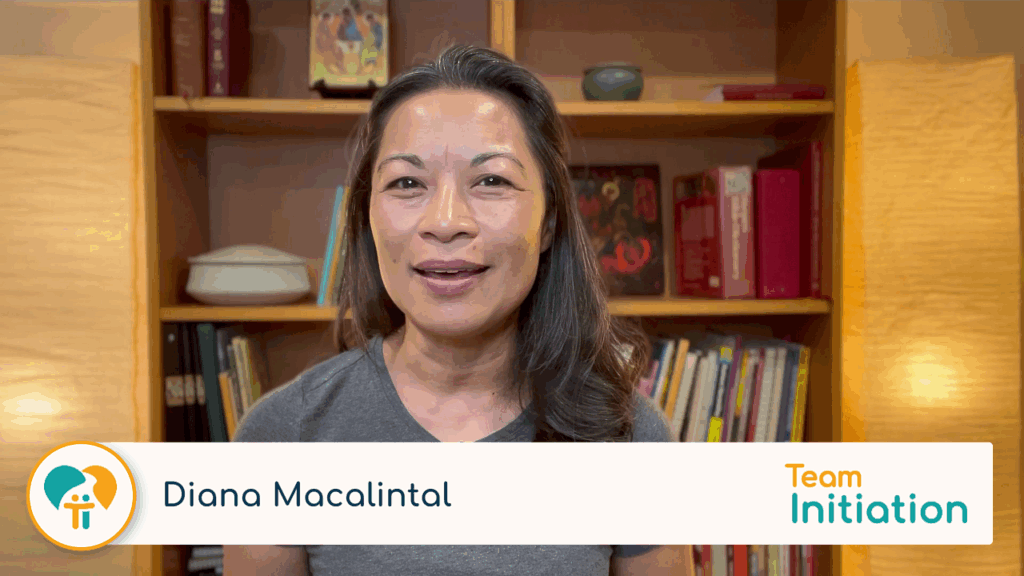 What do you do after the Easter Vigil? What does the ritual text call us to do and be for the neophytes during the sacred time of mystagogy? The following checklist will give you guidance and suggestions for effective mystagogy.
What do you do after the Easter Vigil? What does the ritual text call us to do and be for the neophytes during the sacred time of mystagogy? The following checklist will give you guidance and suggestions for effective mystagogy.
.
- “Expect” neophytes to gather the week after initiation to share stories and pictures of their Easter Vigil celebration and to share the Scriptures for the Sundays of Easter in light of their sacramental experiences.
- Avoid the temptation to use the six weeks of Easter as a time for information and recruitment for parish service. The appropriate time for guest speakers and sharing information about various ministries is during the initial stages of formation.
- Affirm the primary role of the assembly in liturgy and the place of the neophytes in that assembly. Avoid having neophytes serve in catechetical or liturgical ministries for at least a year, and avoid using them as RCIA sponsors or team members. Ministry flows from the experience of being a member of the assembly and then being called to ministry. The newest neophytes are not meant to be a new pool of parish volunteers! Neophytes ought to be engaged in social and service ministries from the time of the catechumenate and gradually experience the connection between the celebration of Eucharist and the eucharistic lives they live through these ministries. This takes time and reflection on what it means to be a “regular Catholic in the pews.”
- Plan for monthly gatherings following the Pentecost celebration and look forward to experiencing with the neophytes their first year of full membership in the church. Plan with them from the beginning of Lent to celebrate the first anniversary of their initiation at the Pentecost that concludes their neophyte year.
- Encourage the neophytes to take ownership of their gatherings, forming their own agenda based on their experiences.
- Lead them into deeper prayer and into greater participation in the parish community, primarily through worship and service.
- Offer a special invitation to neophytes to participate in various sacramental experiences throughout the year, and then to reflect on them together. Possibilities include first Communion, communal penance services, communal anointing of the sick, confirmation of the youth, and infant baptisms.
- Hold a special gathering each year for all neophytes from the previous years. Consider having the gathering just prior to Lent or at Pentecost time.
- Remember to follow the directives of the Rite of Christian Initiation of Adults by:
- offering neophytes special seating in the midst of the assembly at the Neophyte Masses of Easter time
- inviting neophytes to wear their white baptismal robes throughout the Easter Season
- inviting neophytes to give testimony, witnessing to their conversion journey in the midst of the parish assembly
- asking neophytes to participate in the General Intercessions and Preparation of the Gifts
- using the Easter Season Cycle A readings at Masses where neophytes are present and preaching the homily with them in mind
- inviting the local bishop to visit with the neophytes during their first year as fully initiated Catholics
Click here to read Six steps to effective mystagogy, a practical article on how to “do” mystagogy from the first moment an inquirer knocks on the door through the year(s) following sacramental initiation.
Click on the links below to read:
- A step-by-step guide to mystagogy
- Awe Inspiring Rites?
- Five Ways to Preach Mystagogically
- How to do Mystagogy with the Neophytes in Easter

















